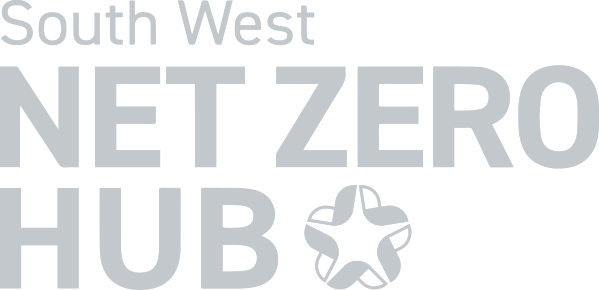Project Summary
North Somerset Council collaborated with the Centre for Sustainable Energy (CSE) to create targeted engagement campaigns to encourage local residents to uptake solar PV installations on their homes.
Background
Working with the Centre for Sustainable Energy (CSE), North Somerset Council combined two existing digital tools: the Britain Talks Climate (BTC) segmentation mapping and the North Somerset Solar Wizard Map. This integration enabled the identification of areas with high solar potential and the tailoring of climate messaging to local demographic profiles.
With funding from the South West Net Zero Hub (the Hub), the project tested a variety of engagement approaches – including door knocking, leafletting, letters, and social media – to assess which methods and messengers were most effective in encouraging interest in solar panel installation through the Solar Together scheme.
While not a scientific study, the project tracked general patterns of engagement, offering valuable insights into how different types of messaging and delivery channels can influence public response. The findings highlight the potential of data-driven, locally adapted communication to support more effective climate action at the community level.
Our Role
The Hub provided funding for the project through our Local Net Zero Fund, with match funding also provided by North Somerset Council.
Location
Various locations within Nailsea and Long Ashton.
Technology
Solar photovoltaic (PV) – roof-mounted systems.
Results
Targeted door knocking showed the most promising result, with a household registering for Solar Together on the same day as local engagement – suggesting a potential direct impact.
Tailored social media messaging based on BTC segments increased engagement with posts and may have contributed to a slight rise in registrations across broader postcode areas.
Insights from Ichoosr confirmed that local authority endorsement is the most trusted and effective driver of sign-ups, reinforcing the value of trusted local messengers.
The project highlighted the importance of multi-layered, long-term engagement, combining digital tools with personal outreach to build trust and awareness over time.
Findings are influencing future strategy, with solar potential now being considered in targeting for possible future rounds of Solar Together.
Benefits
Community Impact: Raised awareness of solar energy and climate action through tailored, locally relevant engagement.
Trusted Messaging: Reinforced the importance of local voices and council backing in building trust and driving participation.
Data-Driven Insights: Combining BTC and Solar Wizard tools showed how mapping can guide targeted outreach and improve engagement.
Fuel Poverty & Affordability: Mapping areas with high solar potential alongside fuel poverty data opens up opportunities to support vulnerable households with affordable energy solutions.
Strategic Planning: The tools and findings lay the groundwork for developing a Local Area Energy Plan, helping identify priority areas for future investment and community support.
Challenges
Roof Suitability: Many homes had dormer windows or loft conversions, limiting space for solar panels.
Resident Motivation: Some residents were interested but unable to install due to roof structure; others were unaware of benefits or felt installation wasn’t worthwhile due to age or plans to move.
Engagement Barriers: Door knocking was less effective in areas with video (e.g. Ring) doorbells; leafletting had minimal impact.
Timing & Visibility: Some solar installations weren’t visible from the street, reducing neighbourhood influence.
Lessons Learned
Pre-screen Roof Suitability: Use mapping tools to assess roof structures before selecting target streets – this was done through Solar Wizard and Google maps, but the information gathered could have benefitted more from further research (either desktop or visits to locations).
Tailor Messaging: Develop clearer, more accessible materials for those unfamiliar with solar benefits, emphasising ease and long-term savings.
Refine Engagement Methods: Focus on trusted messengers and consider alternatives to door knocking in areas with low response rates.
Link to Broader Strategy: Use mapping to identify areas with high solar potential alongside fuel poverty indicators to better target support.
Next Steps
Inform Future Rounds of Solar Together: Use insights from this project to refine messaging and targeting strategies, especially around roof suitability, trusted messengers, and tailored engagement.
Broader Collaboration: Continue sharing findings with other councils and stakeholders. Strengthen engagement with the West of England Mayoral Combined Authority to align messaging and strategy for future Solar Together campaigns.
Strategic Use of Mapping Tools: Expand use of BTC and Solar Wizard mapping to identify areas with high solar potential, fuel poverty, and affordability challenges—supporting more targeted and equitable outreach.
Local Area Energy Planning: Apply project learnings to help shape North Somerset’s Local Area Energy Plan, using data to guide investment and community engagement.
Ongoing Engagement: Build on momentum by presenting at more events, sharing case studies, and exploring opportunities for joint initiatives with regional partners.
Click Here to download a copy of the full report produced by the Centre for Sustainable Energy (CSE).
Click Here to view the case study CSE produced on their website.


